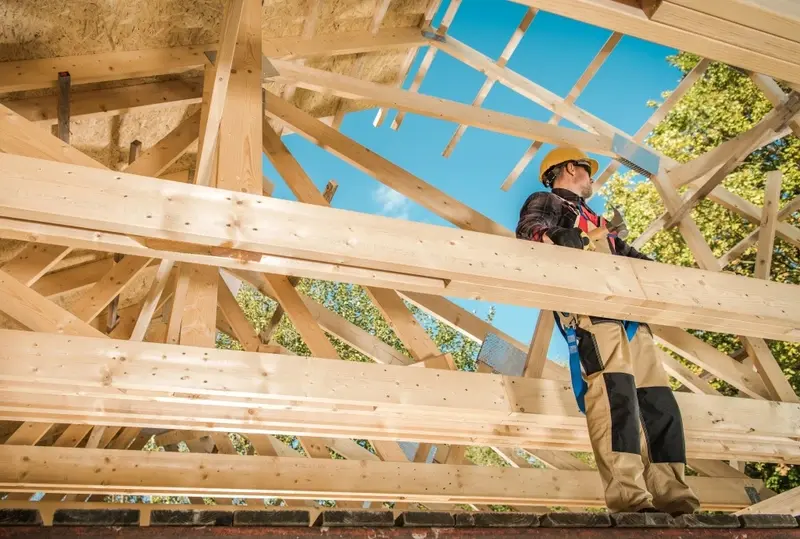
The latest data on UK house prices suggests demand remains robust despite fears of a slowdown due to the tapering of stamp duty relief.
According the Halifax building society, part of high street bank Lloyds (LLOY) and Britain’s biggest mortgage lender, the average house price in July was 7.6% higher than the same month a year ago.
That marks a slight slowdown from May and June’s increase, when the rate of annual house price inflation was 9.5% and 8.8%, but it puts the value of the average UK house at £261,000 or £1,200 more than the previous month and £11,000 higher than the revised zero-band stamp duty threshold.
‘Recent months have been characterised by historically high volumes of buyer activity, with June the busiest month for mortgage completions since 2008. This has been fueled both by the ‘race for space’ and the time-limited stamp duty break’, commented Halifax managing director Russell Galley.
‘Latest industry figures show instructions for sale are falling and estate agents are experiencing a drop in their available stock. This lack of supply should help to support prices in the near-term, as will the exceptionally low cost of borrowing and continued strong customer demand’, added Galley.
The latest survey from the Nationwide building society showed house prices continuing to grow at double-digit rates from May through to July, with the average house now valued at £244,000, just under the zero-band stamp duty threshold.
VALUE IN HOME BUILDERS
Given the buoyancy of the housing market, the positive results posted by most of the home builders and the fact analysts are therefore raising their earnings forecasts, its seems odd that the home builders sub-sector has underperformed the FTSE All-Share year to date.
The underperformance is even more marked when compared with US home builders, which have outperformed despite greater concerns over affordability and rising material costs.
Sector specialist Marcus Cole at Liberum for one believes the sector offers ‘extremely attractive upside’ at just 1.7 times 12-month forward price to tangible net asset value.
‘Despite another round of upgrades in the last month and the strengthening outlook for house prices, the sector is trading below its pre-pandemic valuation level and is down 5% against the All-Share year-to-date’, he argues.
Cole favours Persimmon (PSN) and Taylor Wimpey (TW.) among the large-caps, but says value is more widely available in the smaller house builders. He forecasts sector earnings to increase by 5% per year from now until 2024, and a dividend yield for the sector of 5.5% for this year and 6% for next year.




